Favorite song: On the Road Again
Likes: Long, lazy sunny summer days
Dislikes: Paparazzi
Superpower: Flawless sense of direction
Dream vacation: Sunny Mexico!
The monarch is just about the most recognized, photographed, studied and loved North American insect.
At the SBG, we’re no exception! From maintaining our Monarch Waystation to presenting Monarch Tagging programs in the fall, we’re committed to doing our part to conserve this beautiful traveler.
Author: Lisa Schneider

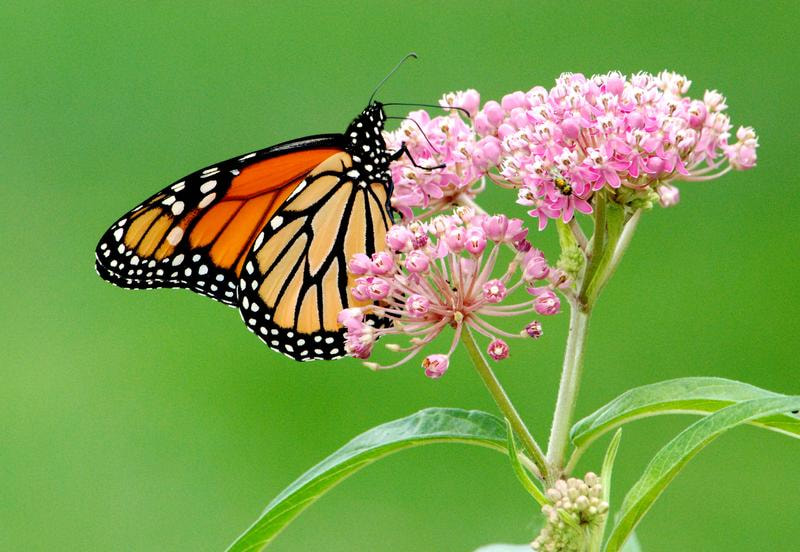
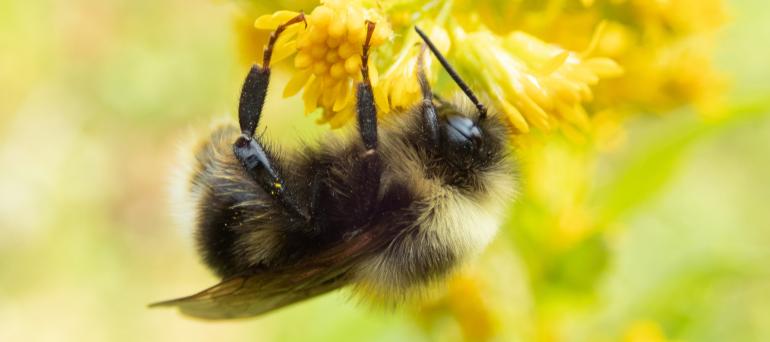
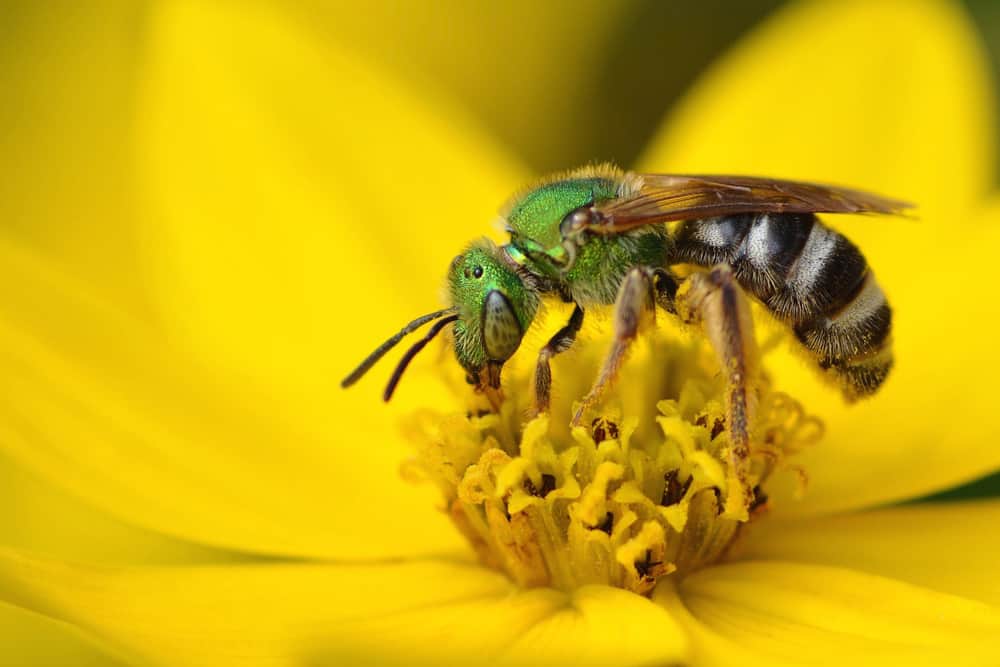
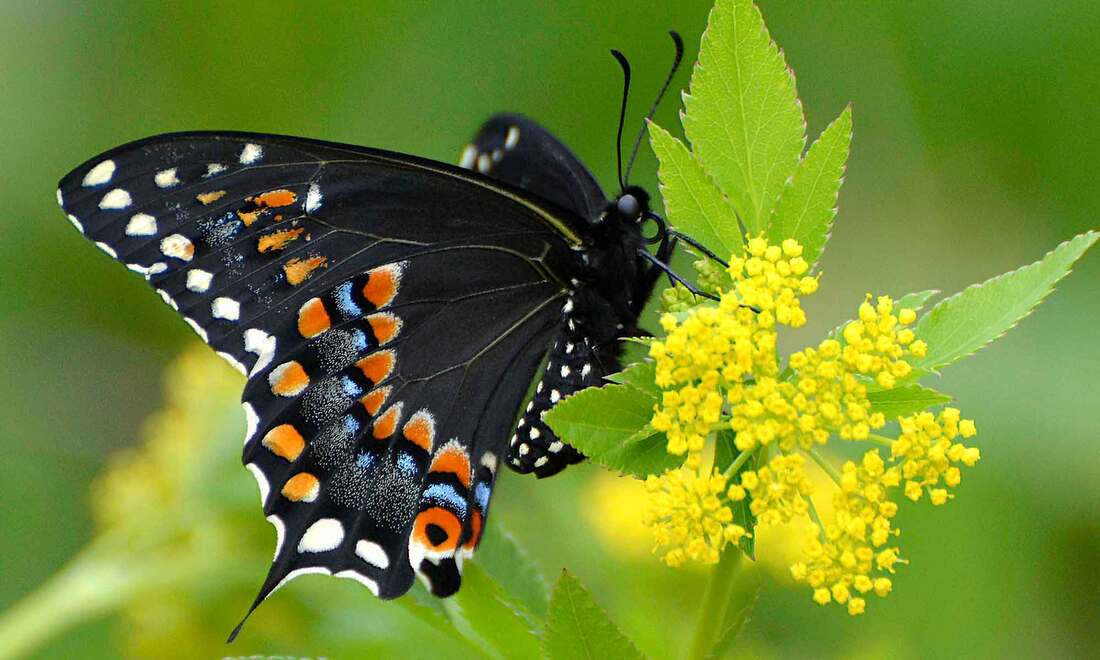
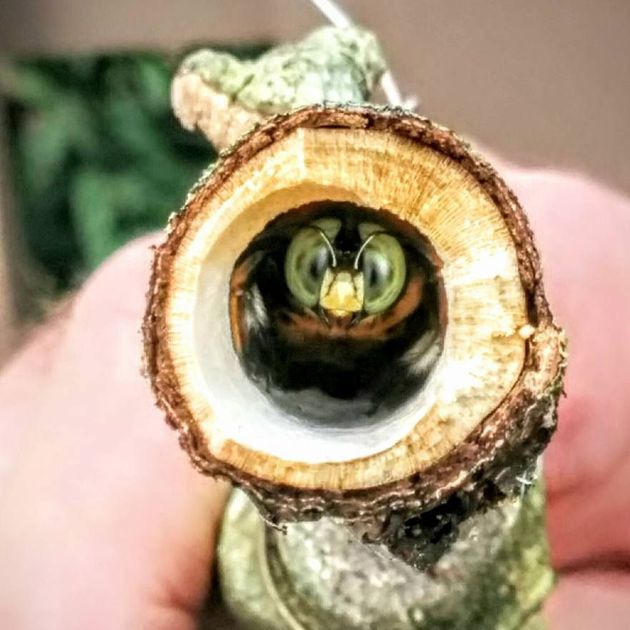
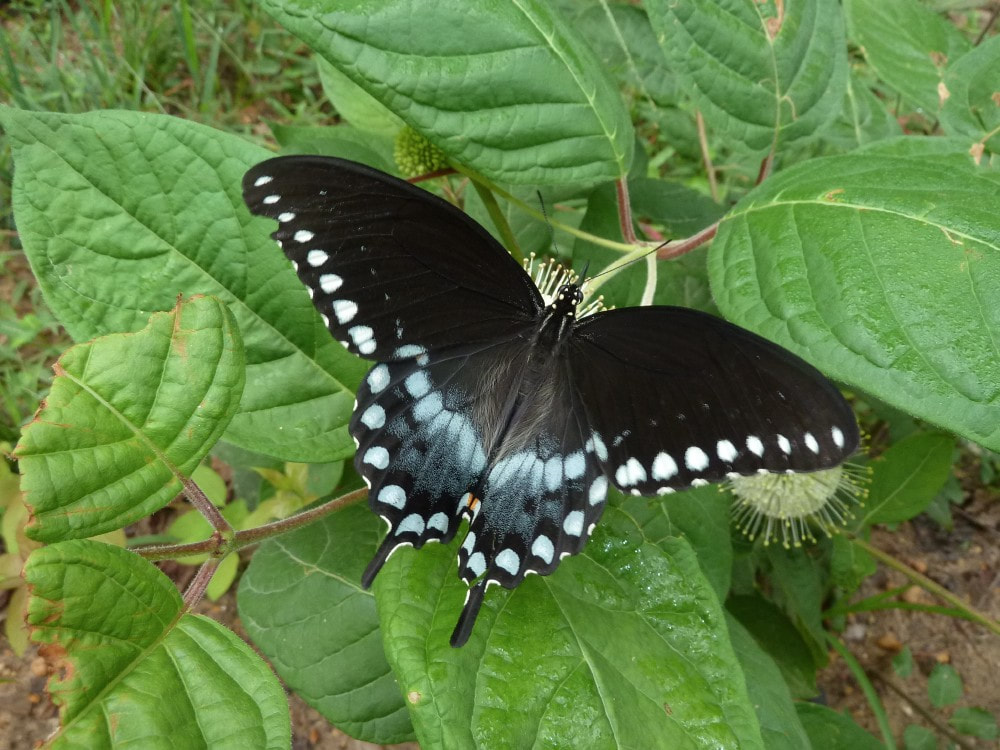
 RSS Feed
RSS Feed